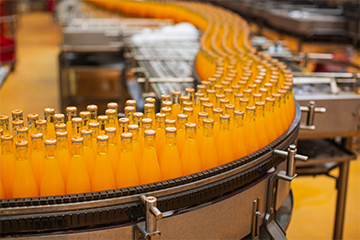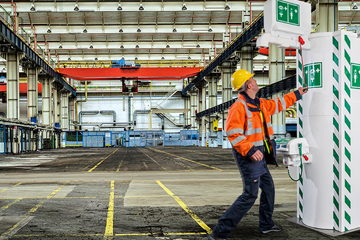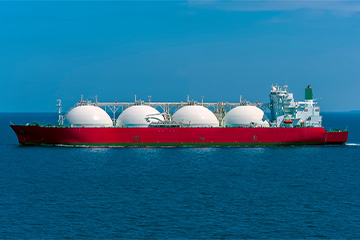Enquiry List () (0)
- 3 Oct 2023
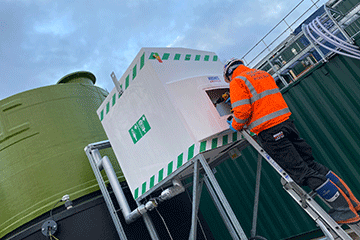
Why Is Safety Shower Maintenance So Important?
Helen Hoyle joined Hughes Safety Showers as UK Services Manager in 2018 following similar roles in the asbestos industry. Her digital reporting expertise has played a key role in transforming the company’s service, installation and repair reporting – allowing essential safety data to be sent soon after a site visit.
Safety showers are the first line of defence against the effects of skin contact with chemicals or dangerous materials. When they haven’t been properly maintained or regularly serviced, they don’t offer workers the protection needed in emergencies. The impact can be severe – life-changing injuries, permanent disabilities, and in the worst scenarios, even death.
Several issues can impact the performance of an emergency shower. They’re common, and if you don’t know about them you could risk non-compliance with safety shower regulations. However, with regularly scheduled safety shower maintenance, you can identify and resolve them relatively easily. So, what are the issues, what causes them and what risks do they present to a user’s safety in the workplace?
1. Sediment Build-Up in Pipes
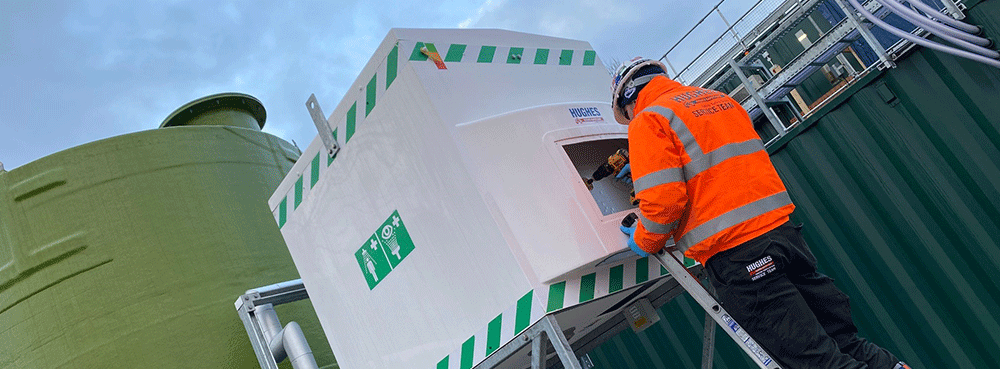
What causes the issue?
- If a unit isn't being used frequently, stagnant water can sit in the pipework and cause a build-up of sediment.
- You can prevent this through a weekly activation test which flushes away any sediment, and stagnant water from the pipework, nozzles and eye wash diffusers.
What's the risk to the end user?
- It can impact the safety shower or eye wash's water pressure, flow rate and spray pattern - causing the unit to malfunction or not work at all. And if it can't function correctly, it can’t work to limit the effects when skin comes into contact with chemicals.
- The water delivered by the unit will be contaminated, with the built-up sediment being sprayed out. This can heighten the risk of an even more serious injury – particularly with eye washes.
2. Bacteria in Standing Water
What causes the issue?
- There could be a problem with the mains water supply being contaminated.
- If you've got a unit that's not regularly used or fully flushed, stagnant or standing water can lead to the formation of biofilm – a thin layer of mucilage, containing bacteria and other microorganisms, that adheres to solid surfaces.
- The types of bacteria found in stagnant water typically include Legionella, acanthamoeba and Pseudomonas.
- Similarly, with emergency tank showers - the water inside is at risk of becoming stagnant if they're not used frequently or activated on a weekly basis. Water tank chlorination, as well as non-chemical water treatment sticks, can help disinfect and clean the water – effectively killing most pathogenic bacteria.
- The ideal Legionella growth temperature is between 20°C and 45°C. EN./ANSI standards recommend water delivered from safety showers is tepid (so, between 16°C and 38°C). However, this risk can be mitigated through weekly activation and regular servicing and maintenance.
What's the risk to the end user?
- Acanthamoeba can cause acanthamoeba keratitis (AK), which is an infection of the cornea – the clear front part of the eye. It can be extremely painful.
- Pseudomonas can result in a variety of infections, including to the eyes, lungs, muscles, skin and tissue.
- Legionella can cause Legionnaires disease. If untreated, someone affected by Legionnaires will find their condition worsens during the first week. It can lead to severe illness.
3. Emergency Shower High Water Pressure
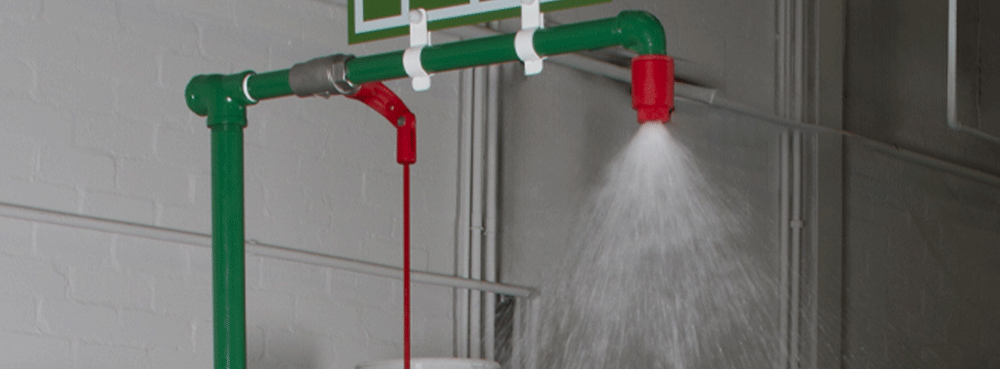
What causes the issue?
- Water pressure-related issues are caused by on-site supply. Fortunately, they can be resolved fairly easily with the addition of a pressure-reducing valve (PRV).
What's the risk to the end user?
- When someone comes into contact with a hazardous substance, it's recommended they stay under the flow of water for at least 15 minutes to ensure a thorough decontamination. If the water pressure is too high, this will be extremely uncomfortable or even painful to endure.
- With an eye wash in this scenario, the natural instinct would be to draw the head away from the nozzles – meaning any hazardous material or substance wouldn’t be flushed out.
4. Inconsistent Water Flow Pattern
What causes the issue?
- There could be inconsistent water pressure on site.
- The unit not being serviced at regular intervals.
- As we covered in point 1., a build-up of sediment can impact flow pattern and rate.
- If the water quality is poor, the aerators could become blocked which will have an impact. The East, South and South East of England have the highest water hardness levels in the country, rating as ‘hard to very hard’ (between 201 – 350 parts per million (PPM)).
- On an eye wash, we recommend replacing the eye wash diffusers every six months to ensure the unit delivers the correct flow rate and functions correctly.
What's the risk to the end user?
- If the flow pattern isn't at the correct width or height levels stipulated by EN and ANSI standards, it just won’t rinse effectively – and it’ll be non-compliant. For example, if water was to flow in a straight line, it wouldn’t reach a user’s shoulders. So, it wouldn’t be capable of decontaminating chemicals from a user’s skin.
5. Missing/Damaged Eye Wash Dust Covers/Lids
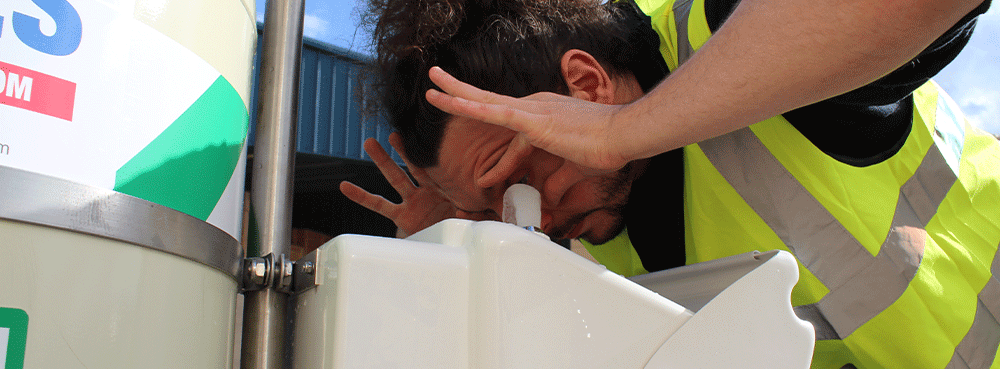
What's the risk to the end user?
- The aerators on an eye wash can become blocked or clogged with external contaminants. These particles could enter the user's eyes, which would worsen the injury.
- During this kind of situation, someone's natural reaction would be to remove their eyes/face away from the flow of water - which would leave them unable to rinse the chemical spill.
Here, at Hughes, we have more than 50 years of experience in the industry, so we know just how important it is for businesses to have fully compliant emergency equipment. Our engineers regularly perform service, maintenance and repairs, to ensure our customers’ showers and eye wash stations are ready to provide that first line of defence against hazardous materials.
Find out how Hughes can help you ensure your unit is fully compliant with safety shower regulations in the UK. Visit our emergency shower maintenance, service and repairs and spare parts pages.





